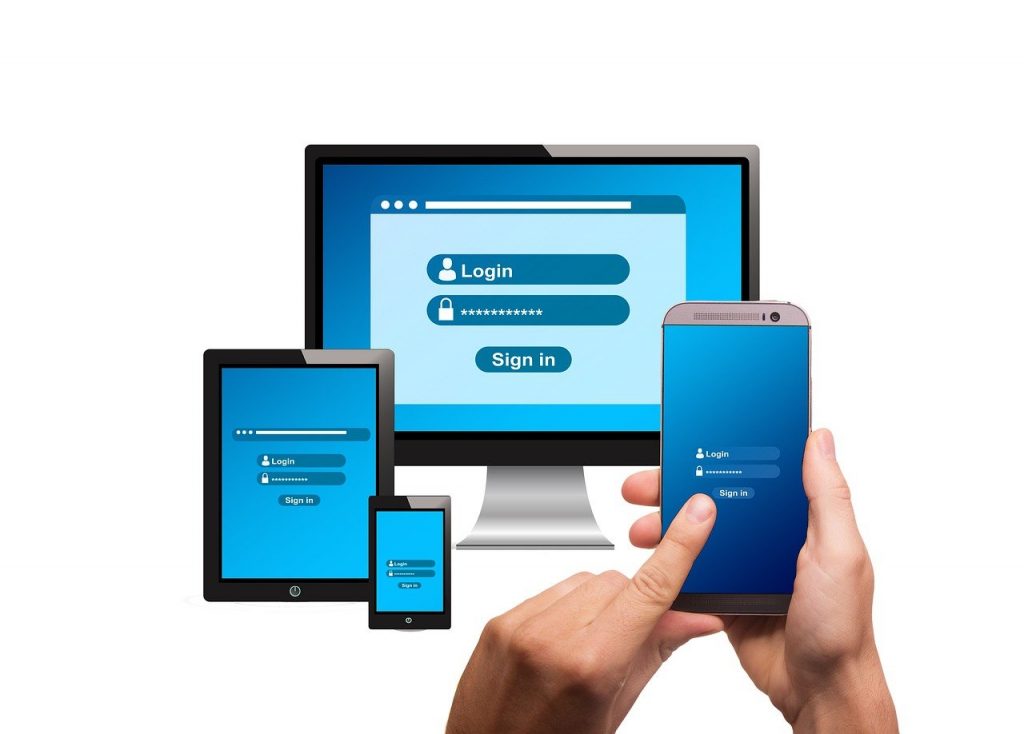Today, technology has reached the epitome of being omnipresent and attainable to all and in this transforming process, the focus falls on accessibility so let’s delve deeper into this concept which will give you a comprehensive insight on this topic.
What is Accessibility?
In today’s day and age, we cannot look at it in isolation. We need to understand it from the context of the larger attribute of usability.
Usability is all about determining whether a product is simple, easy and intuitive to use by the end-user. Accessibility, which is in one sense a subset of usability, is to ensure that a product is available and accessible both by people, with and without disabilities.
Let’s now quickly look at the main categories of disabilities:
Visual impairment – These could range all the way from complete blindness to partial blindness to even low vision.
Lack of motor skills – This deals with the inability to interact with a website or operate technology as it focuses on issues with limbs and their movement.
Hearing impairment – Auditory impairment spans the complete spectrum from full audio loss to partial audio loss or low hearing.
Cognitive disabilities – This could include reading difficulties, dyslexia memory loss or any other associated mental or behavioral disability thus interfering with an application’s use.
What Can Be Done?
Obviously, it is not just the role that technology has to play. It is also about how organizations understand and leverage such technological aids to make accessibility a reality.
It all starts with the right understanding and exposure to the available guidelines. Specific to the US geography, there is section 508, WCAG 2.0 and the ADA.
Focus on Mobile
We also have to keep in mind that today’s need is not just about accessibility on desktop solutions but also accessibility in the mobile world. This includes a number of checks from ensuring that functionality is accessible, the accessibility features understand the mobile context such as user preference and positioning, access across devices and data entry methods, and the overall sync of audios and videos to even multimodality.

The accessibility standards for mobile engineering are gradually becoming mainstream with inbuilt tools in mobile platforms to accommodate accessibility checks. All of this further increases in scope then we include assistive tools such as joysticks, screen magnifiers, screen readers, etc. These all get included in the scope of accessibility test effort.
Accessibility Evaluation
Before we get into the guidelines, let’s quickly look at the core elements that paved the way for building an accessible product. Although this is not an exhaustive set, it will surely be a comprehensive one to start with.
We need to keep in mind that content is a very important piece for evaluation. All the accessible features and designs are mainly to ensure that the content reaches the end-users effectively in order to enable them in making the right product choices and complete their intended actions.

To this effect, we need to ensure that the content is in the right text size, color, contrast, ratio, has minimal flash, alternative text, and is checked for across the entire spectrum of content which the end-user will see.
For alt text, let’s say for example you have an image of a cat and it reads it out as a tiger because the alt text for that image is set as “tiger”. Then it is completely an irrelevant and wrong piece of content to begin with.
The guidelines suggest a color contrast ratio of a minimum 4.5:1 for the foreground to the background color while the ideal ratio is 7:1 for content to be seen. All of these are important elements to consider early on while designing the product.
Key Questions From Accessibility Perspective
Once you understand your user base, ask the right questions to map users to their requirements which will help build the right designs and engineering plan. The basic questions should revolve around:
- Their tasks
- The environment in which they operate
- The devices that they use
- The data entry methods
- Their level of digital savviness
The question that comes forth is: where should one start?
Well, it all starts with users. Understanding who the users are, what are their differences, whether it be on the grounds of their knowledge levels, beliefs, cultural nuances, backgrounds, interest, preference, goals or requirements. Such an understanding is the first step towards an inclusive design.
WCAG 2.0 Levels of Compliance
WCAG at a high level talks about 4 main elements at the design and implementation level mainly for the content to be perceivable, operable, understandable and robust.
Being quite self-explanatory, we will just cover the high-level categories under WCAG. All of these guidelines can become quite overwhelming to adopt given the level of details.
To make adoption more feasible, WCAG offers 12 guidelines, each with 3 levels of compliance which help in determining the testing success criteria:
- A – The bare minimum set.
- AA – A more realistic and generally accepted set.
- AAA – The most difficult level of conformance to adhere to.
It really starts early and is often done iteratively to ensure not just defects but also user recommendations to be taken in sometimes even after launch.
It is done in conjunction with other test types such as functionality and performance to ensure that they are not compromised due to accessibility and vice versa.
A good understanding of guidelines, along with using tools such as screen readers, color contrast and analyzers, help build a cohesive quality efforts towards accessibility.
Mobile platforms today have built-in accessibility tools such as voiceover and talkback, bringing accessibility further with the reach of engineering terms and end-users. Also, mobile accessibility guidelines such as the ones specific for Android and iOS are slowly taking shape thus giving more traction to app developers.
Paired testing
A unique approach of paired testing is an expedient way to provide quality. In this approach, our accessibility test experts work in close collaboration with the visually challenged engineer periodically to ensure enhanced test coverage as well as report issues.
In our experience, we have noticed that just an accessibility test engineer is able to bring in about 40% test coverage. Just a visually-challenged engineer is able to bring in about 70% coverage but together, they are able to bring in about 100% coverage in the quality efforts.
Without a doubt, accessibility is a compelling subject and today, software organizations are willing to ensure that their product can be used by everyone. Nonetheless, it is vital to have awareness about accessibility at all levels with the intention that the final product can benefit all individuals, irrespective of the diverse assistive technology is being used.
It is relatively convenient to implement accessibility testing and make it as an integral part of our testing and development process. We hope that you learned a little something from this short intro on making accessibility your priority.




You really need to hire an expert or use a legit tool to make sure that your site has passed accessibility testing. It’s not as easy as putting some alt texts on your images.
Agree. Most people think that it’s a 1-hour work. Accessibility is a very complex thing and people need to be aware of it.